Jonathan Besser
Jonathan Besser
Born in New York City in 1949, the composer and pianist Jonathan Besser studied composition at ‘Combs College of Music’ Philadelphia and in New York City at the ‘Mannes College of Music’ with Peter Pinder Stearns, and later with the composer David Loeb. Resident in New Zealand since 1974, he has mostly lived and worked between Wellington and Auckland since that time.
In 1998, the Project Judaica Foundation brought the exhibition ‘The Precious Legacy: Judaic Treasures From the Czechoslovak State Collection’ to the Auckland War Memorial Museum. A moving and emotionally resonant exhibition, Jonathan Besser was inspired by the devotional household and sacred synagogue objects included in the travelling show, and fascinated by how religious practice and everyday life were so bound together. Besser composed an original piece for chamber ensemble, for a special performance held within the displayed objects and images of The Precious Legacy, to mark the end of the influential exhibition. The Precious Legacy Suite 2000 is Besser’s response to the exhibition of Jewish treasures of the same name. “It was an important opportunity to reflect on the enormity of feelings that the Holocaust evokes. My people, my culture, my history, my century”.
The performance on the evening included projections of photographs by the Auckland-based Jewish photographer Stephen Robinson, speeches from a Holocaust survivor and Rabbi Jeremy Lawrence, and was filmed by the respected filmaker Shirley Horrocks. A special mention needs to be made about the cellist Marie Vandewart who was in her late eighties, made her last public performance with this work of Besser's after a long career of devoted teaching and performing that began many years ago in Berlin.
Jonathan Besser's Musical Background
Jonathan Besser has founded and led his own new music ensembles, the Besser Ensemble (1987-1997), Free Radicals (1983 – 1995 with Ross Harris) and Bravura (2001 – 2011), and was active in setting up the 1983 and 1984 Off the Deep End experimental music festivals in Wellington and was awarded the Mozart Fellow in Dunedin 1984. Composing commissions for the New Zealand Symphony Orchestra, the Royal New Zealand Ballet, the Auckland Philharmonia, the Wellington Symphonia, Canterbury Opera and the New Zealand String Quartet. Besser's compositions for orchestra have finished as finalists twice in the NZSO Lilburn awards and in 1993 he was awarded the Sheilah Winn Award for services to New Zealand Music.
He is well travelled too. In March 1996, with the Triphonics trio, he undertook a short tour to China and he’s performed solo piano in Australia (live on Radio National) with ‘Bravura’, and recently with ‘Gimel’. He has collaborated with leading visual artists, composers and filmmakers and has worked cross-culturally with the Maori performers Hirini in Melbourne, Whirimako Black and the Waihirere Kapa Haka groups, and also in projects with New Caledonia Kanak musicians, Oliver Mtukudzi from Zimbabwe, and Auckland Pacific Island and Gamelan groups.
A long association with the New Zealand dance community, Besser first worked with experimental dance and then shifted to the Royal New Zealand Ballet, where in 1990 he composed the orchestral music for the ballet Jean by Mary Jane O'Reilly. Continuing to work with Mary Jane O'Reilly’s Auckland Dance Company for the next ten years, he also made and composed music for Touch Compass, Red Mole, Warwick Broadhead, Michael Parmenter, and has played ballet class piano for all the leading New Zealand companies (and the visiting American Mark Morris Dance Group).
Performing all around New Zealand and in Australia with his new music ensembles including Gimel, Besser composes all their music. He has produced numerous CD’s with the support of Creative New Zealand and is currently collaborating with visual artists using installation and new media.
You can listen to the Precious Legacy Suite on Spotify.
The complete 'Precious Legacy Suite' performed by Bravura, is available on the Mr. Darwin's dances CD: Attoll ACD 200 www.atoll.co.nz
This article first appeared on the Jewish Online Museum which was our founding website.
©Jewish Lives 2021


